Understanding innovation

Innovation is a key part of the work I do, but as a term, it’s sometimes misused and misunderstood. So what exactly do I mean by the word ‘innovation’? For me, it is all about creating something new that can be measured in terms of business value, or customer value.
To effect some kind of minor tweak to a product – a colour or shape for example – is not really what I would understand by the term innovation. It is more to do with something that makes a dramatic difference to the customer’s perception as well as to the company’s revenue earning potential.
Sometimes innovation is a long journey or process over many years. The airline industry, for example, has been working for a long time on engineering innovation to make aircraft engines quieter. Continuous progress is being made, but as this project amply demonstrates, it can sometimes take decades to reach an outcome or conclusion.
It’s a team effort
One thing is certainly true about innovation – it is hard. Why? Firstly because it requires people and organisations to think and act differently. And secondly because it is a team effort. The genius inventor who comes up with something amazing, which then goes on to change the world, has done something rare and wonderful – but this is not what I mean by innovation. Even Steve Jobs relied on others to create and deliver the iPod.
Innovation is much more than pure inventiveness. It involves people with a number of different skills and abilities who not only know where they want to go, but who can also drive towards that vision, and bring their own skills to bear on achieving that. Thus, alongside the visionary, you need someone who understands how you are going to pace the project to get there in time, someone who delivers the finance, as well as someone who sees the bigger picture, who sees where the brand is going and where it needs to be.
Letting the brand guide the vision
This was all brought into focus for me when I recently went to my local branch of a large and well-known hardware retailer. What hit me was what the company had done to differentiate itself from the competitor company next door. In times past, one could have gone from one of these stores to the other and barely noticed any difference in terms of what was being sold. But what I now noticed was how this company had reduced its product lines and moved from a general household hardware and garden store to more of a builder’s merchant outlet.
It was evident that someone in the organisation had asked some important questions: ‘what is our brand vision’? and ‘what is it that makes us of value?’ and then gone on to influence the organisation to innovate it’s business model. As a result, the store had moved closer to its original brand identity and brand values.
The importance of a ‘motivating force’
In order to happen, business innovation requires some kind of impetus. In Newtonian terms, a new, different direction of an object. This force or ‘innovation and change agent’ might be one individual within the business, or it might be a small group of people pulling people along with them, providing the focus and drive to stay focused on the endpoint and keep pushing towards it.
Once the need for innovation has been identified, Senior Managers must look closely at the business and assemble the required processes and resources to make innovation happen. Upon evaluating its available resources, it may then decide it needs to look outside the company to an innovation specialist who can bring a fresh, outside perspective and who can also work with company teams and bring the resources and the processes necessary to achieve the desired goal.
The innovation and change agent needs to possess a unique set of skills or attributes. They must balance focus, energy and drive with an analytical mind. And bearing in mind that their main task is to effectively disrupt any business they are coming into, the change agent must be able to demonstrate high levels of empathy and good people skills.
It’s a fine balance, and a rare combination of attributes. And perhaps the most important quality of all is adaptability, because you can never be completely certain where you are going. As I’ve found during my career as a leader of innovation, sometimes it makes more sense to bring things to a halt, or even call for a complete rethink.
